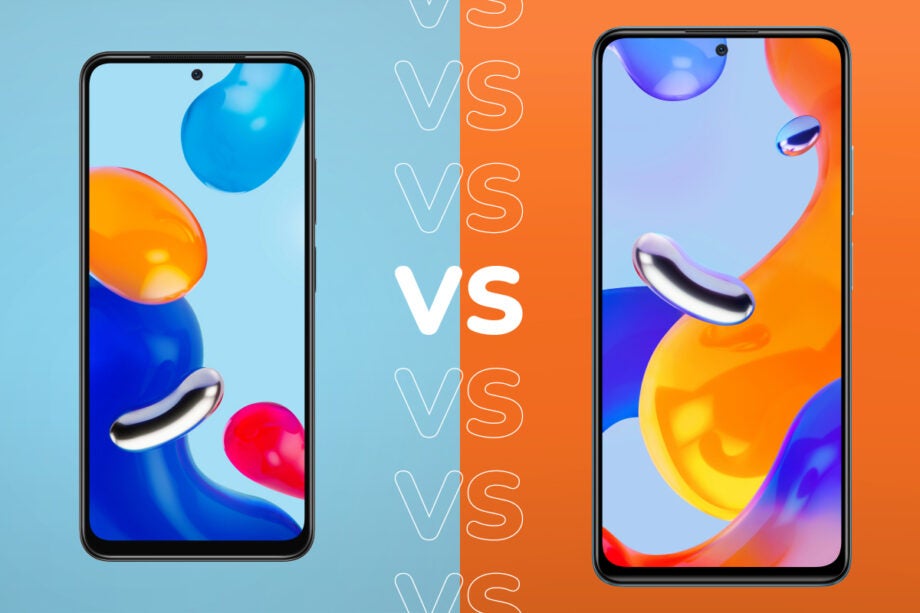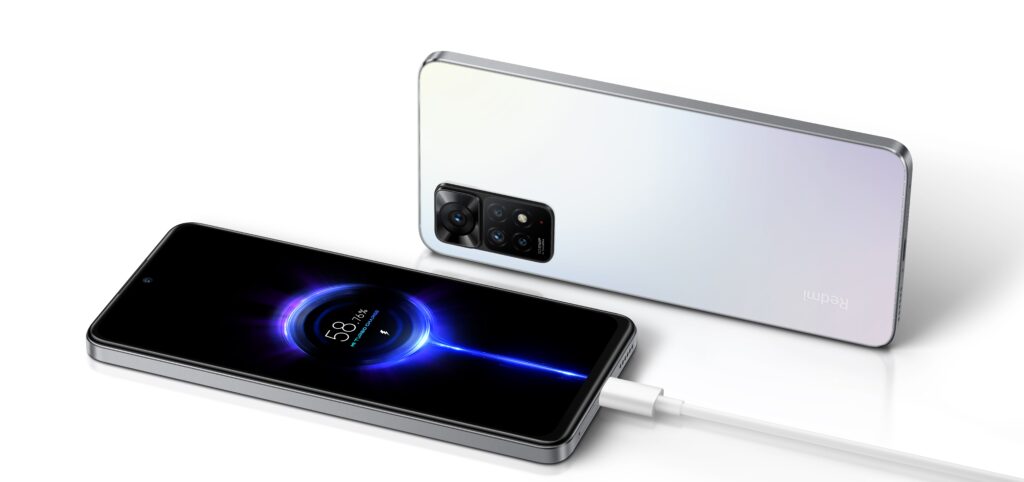Redmi Note 11 vs Redmi Note 11 Pro: What’s the difference?

Xiaomi has just launched a clutch of new smartphones, but what’s the difference between the standard and Pro models of the new Redmi Note 11? Here’s all you need to know.
Whenever a brand releases a premium edition of its handset, you’re always faced with the tricky decision of whether or not to “go Pro”. Here’s the full breakdown of the Xiaomi Redmi Note 11 and its Pro edition, based on all the announced specifications, to make that choice a little easier for you.
Screen

The first major difference between the two models is found in the display. While the Pro version has a screen that measures 6.67 inches, can offer 1200 nits of brightness, and boasts a display refresh rate of 120Hz, the standard version’s display measures 6.43 inches, and has a maximum refresh rate of 90Hz, with the brightness topping out at 1000 nits. If you’re a keen gamer then you’ll also notice a disparity in sensitivity between the two, as the Pro edition has an impressive 360Hz touch sensitivity rather than the 180Hz of the normal Note 11.
That said, there are still some similarities between the two models; both displays are AMOLED, with a Full HD+ resolution (that’s 2200 x 1080p).
Camera

With the camera there’s another disparity that may well prove influential to your buying decision. Even though the two devices share in common an 8-megapixel ultrawide lens, a 2-megapixel macro camera, and a 2-megapixel depth sensor, the major difference is with the main camera; the Pro edition packs an 18-megapixel sensor, while the standard version clocks in at 50-megapixels instead.
There’s another smaller difference when it comes to the selfie camera too, as the Pro version offers 16 megapixels compared to the 13 megapixels of the vanilla version.
Performance
The Note 11 Pro runs on a MediaTek G96, while the Note 11 has a Snapdragon 680 chipset, but there’s a further complication that puts three possible choices before rather than just two. In terms of software, they both run MIUI 13.
Along with the Pro edition there’s also a Pro 5G (this is the one that’ll be coming to the UK) option, and naturally it is the peak performer of the three devices in question, packing a Snapdragon 695 chipset that has a 5G-supporting modem.
Battery

At first glance there might appear to be uniformity among the batteries in the phones; after all, there’s a 5000mAh battery in each one. However if you dig a little deeper you’ll notice that while the standard Note 11 supports an impressive 33W fast charger (estimated charging time being 0-100% in one hour), the Pro edition comes with a blistering 67W fast charging capability that would see its battery topped up to 51% from zero in just 15 minutes.
The good news for customers of either is that the fast chargers will be included as standard in the box rather than as optional extras.
Price
All the super specs in the world don’t mean a thing if the devices are out of your price range, so the cost of each one could be the most important factor of all in your purchase decision.
The base price of the Note 11 is an eminently affordable $179/~£132 (for the 4GB RAM and 64GB storage variant), and this rises to $299/~£221 for the base model of the Note 11 Pro (which has 6GB of RAM and 64GB of storage). If you want the full 5G experience, you’ll have to pay at least $329/~£243 for the Note 11 Pro 5G.
(The Redmi Note 11 and Note 11 Pro 5G will both be sold in the UK, with official pricing to be confirmed nearer release.)
Early Verdict
We’ve not yet had these devices in our hands, so any judgement at this stage has to be taken with a pinch of salt. Yet after looking up and down the specs sheets, it seems rather clear that the Redmi Note 11 Pro or even the Redmi Note 11 Pro 5G is the superior device; whether or not you choose it just has to come down to its affordability, which is where the standard Redmi Note 11 could prove to be tempting.


